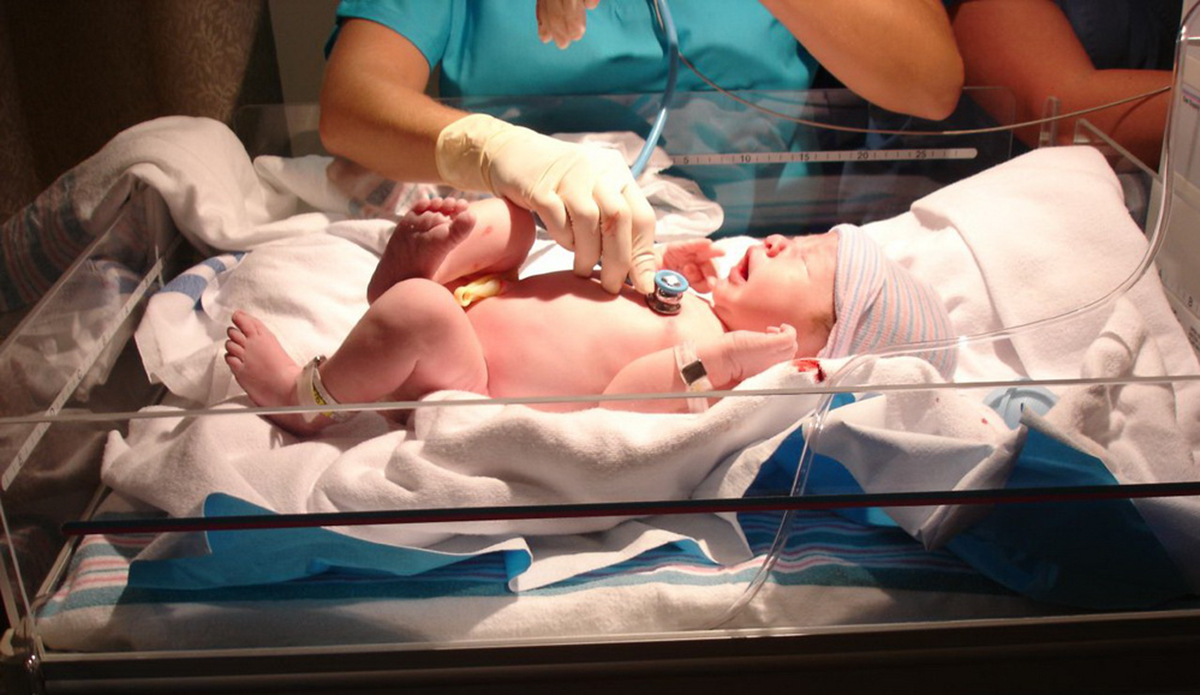Table of Contents
Septicemia sets in when a bacterial infection reaches the bloodstream, causing blood poisoning. If this dangerous condition is left untreated, sepsis can result. The body's response to this infection is life-threatening and can kill.
With sepsis, the body’s immune system goes into overdrive and reacts with a severe inflammatory response. The inflammation that results from sepsis can trigger a dangerous cascade of bodily changes which can result in multiple organ damage.

What are the different stages of sepsis?
Many medical professionals view sepsis as a three stage condition. The first stage of sepsis is mild and fairly easily treated, and it progresses to severe sepsis and then finally to septic shock if left untreated.
The following describes the different stages of sepsis and the symptoms each stage brings:
- First stage of sepsis: Less severe and presents with a fever and increased heart rate.
- Second stage of sepsis: More severe and presents with difficulty breathing and possible organ malfunction.
- Third stage: Most severe, this final stage of sepsis is also known as septic shock. All of the symptoms of sepsis are present, along with low and life-threatening blood pressure.
How is sepsis diagnosed?
In order for sepsis to be diagnosed, a person must have at least two of the following symptoms:
- A heart rate of more than 90 beats per minute
- A probable or confirmed infection
- A body temperature above 101 F or below 96.8 F
- A respiratory rate of more than 20 breaths per minute
Definitively diagnosing sepsis requires at least two of the above symptoms to be present and the medical professional must also perform a blood test. Doing a blood culture will show if an infectious agent is present and what kind it is. Researchers are currently investigating different blood tests to help in diagnosing sepsis early.
What are the causes of sepsis?
The most common cause of sepsis is some type of bacterial infection. However, sepsis can also be caused by other types of infections. An infection can start with bacteria or another infectious agent can enter the body.
Sepsis can also be the result of an infection in the bone called osteomyelitis. For people in the hospital, sepsis can occur from an infection in an IV line, urinary catheter, surgical incision or a bed sore. Sepsis is not a random occurrence and most often it is associated with other medical conditions such as perforation, a renal abscess, acute prostatitis or the rupture of an intra-abdominal or pelvic structure.
See Also: Leprosy: The nerve infection
Who is at a higher risk for developing sepsis?
Although it is possible for anybody to develop sepsis, there are certain groups of individuals who are at a higher risk and these include:
- Young babies
- People with a compromised immune system (immunocompromised people)
- The elderly, particularly those with existing health issues
- People who have been hospitalized and possibly had a medical or surgical procedure performed
- Diabetics
- Photo courtesy of Melimama by Wikimedia Commons : en.wikipedia.org/wiki/Neonatology#mediaviewer/File:Newborn_checkup.jpg
- Photo courtesy of Denise Chan by Flickr : www.flickr.com/photos/denn/4311117490/


Your thoughts on this